Chickens are social creatures. They’re constantly chatting and always keeping an eye on each other. Despite how they band together, they like having their own space. Not having enough room in their coop or outside run can lead to health issues and bullying. In short, they need between 3 and 10 square feet per chicken.

How Much Space Do Chickens Need?

You’ll be glad to hear that chickens don’t require much space, and you can keep them in a small backyard. That said, there are a few things to keep in mind to make sure your chickens are happy and have enough space for themselves.
For a happy flock, you should make sure your coop has anywhere between 3 and 10 square feet per chicken, depending on their breed and provided that they also have an outside run. Small birds are happy in small spaces, but larger breeds require much more space.
To make the math easier, here are two examples, using both a small and a large breed of chicken for comparison.
Bantams
As a small chicken breed, the Bantam only requires a minimum of 3 square feet for each chicken. So, a small flock of four will need a coop of a minimum of 12 square feet.
While there are no official requirements for outside space, as long as your chickens have a run, giving your chickens a range of at least 10 feet squared each should be ample. For the flock of four, this means a run of 40 square feet. Added together, the total space that you’ll need for your Bantam chickens is at least 52 square feet.
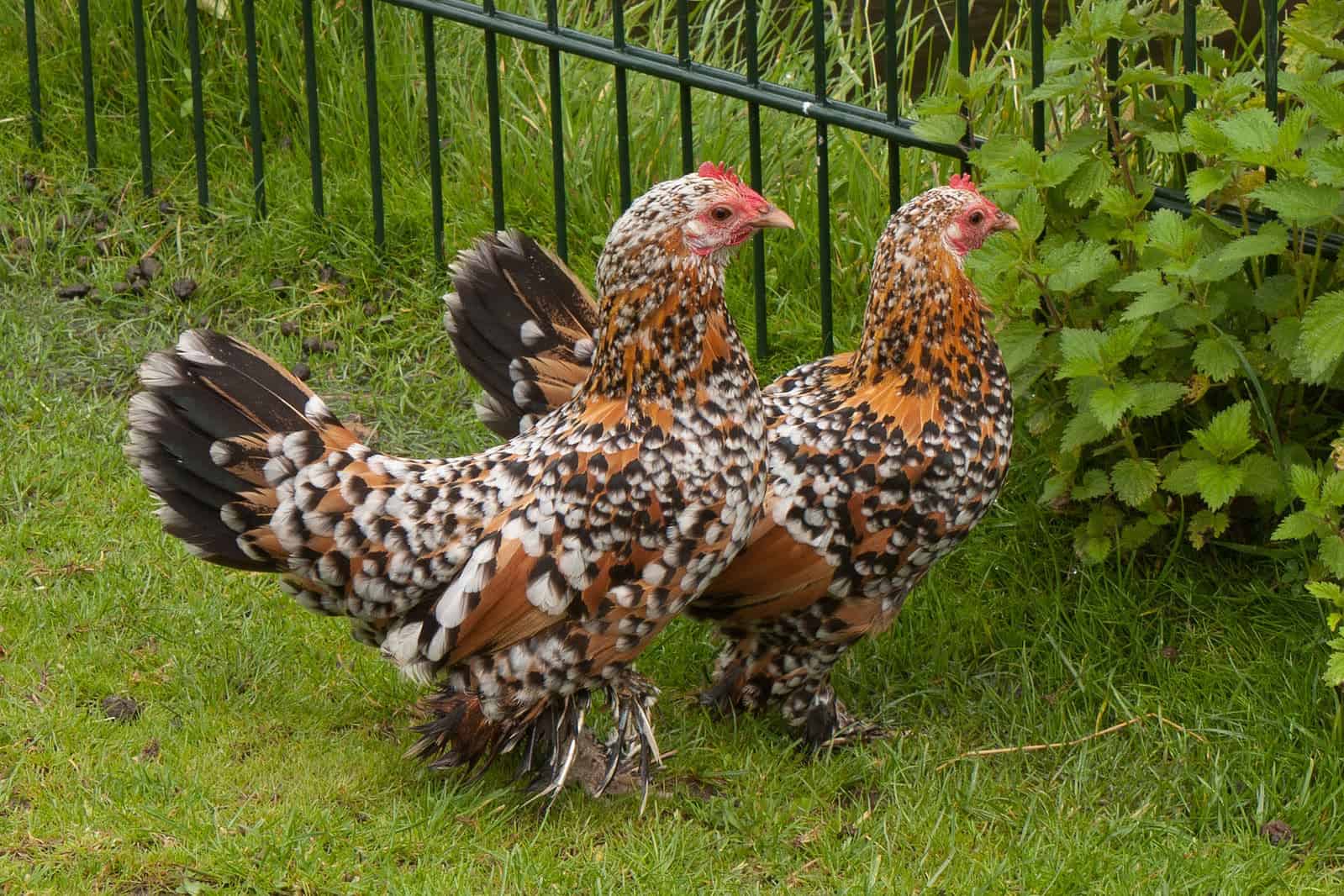
Plymouth Rocks
One of the largest breeds that you can buy is a Plymouth Rock. Due to their size, they’re on the top end of space requirements, so 10 square feet each should be the minimum. As such, these chickens are not recommended for small gardens.
Sticking with a flock size of four chickens, a coop of Plymouth Rocks will require at least 40 square feet. Since they need more space in the coop, more space in the run is necessary too. You should give them 15 square feet each, at a minimum, which pushes the size of their run to 60 square feet.
Adding them together, you’ll need a minimum of 100 square feet, almost double what you need for a Bantam flock of the same size.

Things to Consider

Beyond the recommended minimum requirements, there are plenty of other things to remember when setting up both your chicken coop and their run. The following section will cover everything that you need to keep in mind when setting up your chicken’s home, from the breed, the size of your flock, and their outside space requirements.
Available Space
Depending on where you live, whether you’re in the country or a city plot, you might only have a small amount of space that you can dedicate to your chickens. For this reason, it’s important to pay attention to how much room you can spare for your backyard chickens.
If you have a vegetable patch taking up half of your yard, you can’t give your chickens the run of the place. You won’t be able to have a massive flock either, as you won’t have enough space to keep them satisfied.
On the other hand, if you live in the country with several acres, you’ll be able to invest in a larger coop, flock, and even a portable run if your chickens aren’t free range.
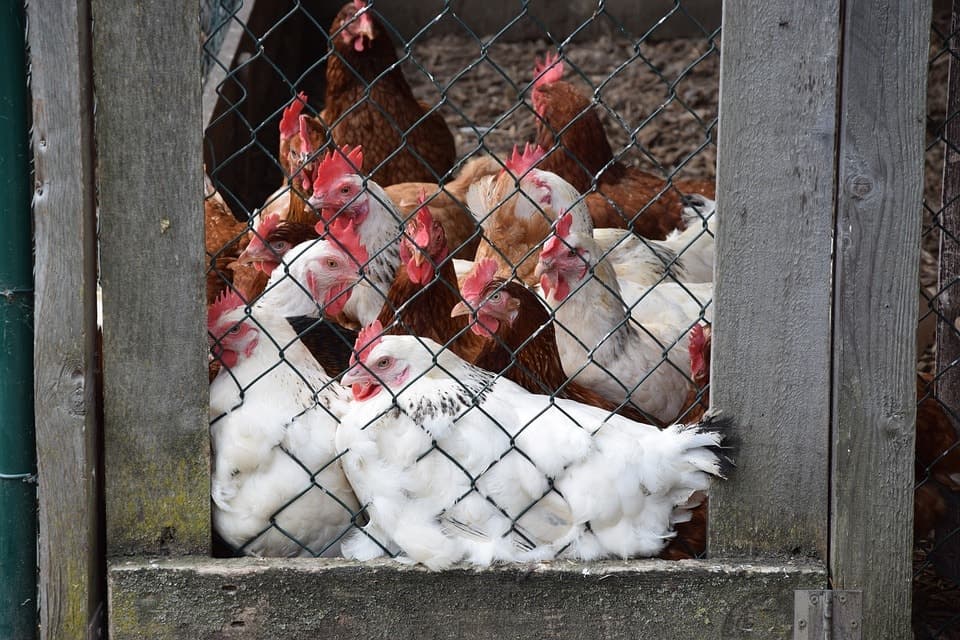
Breed
There are hundreds of chicken breeds available, and they all range in size from Bantams to Plymouth Rocks. The space that each breed requires varies. Therefore, it’s extra important to keep in mind how much space you have available.
If you have a small yard, consider keeping Bantams. As a small breed, they don’t require much space, and you can fit a few more into your yard than you could if you chose a larger breed.
Different breeds, however, have different strengths. Purchasing meat birds when you want a good supply of eggs will leave you disappointed and short of space, while good egg layers won’t feed your family for your holiday roast dinner.
Flock Size
Whether you have small or large chickens, the size of the flock determines how much overall space you need. Regardless of how big they are, having more chickens means you need more space.
The number of chickens that you can fit into your flock does depend on the breed. A flock of Bantams takes up less space than the same number of Plymouth Rocks.
Consider the reasons that you’re keeping chickens too. While a flock of Bantams won’t provide much use as meat birds, they’ll still lay eggs — albeit small ones — and you can have a bigger flock in a smaller area.
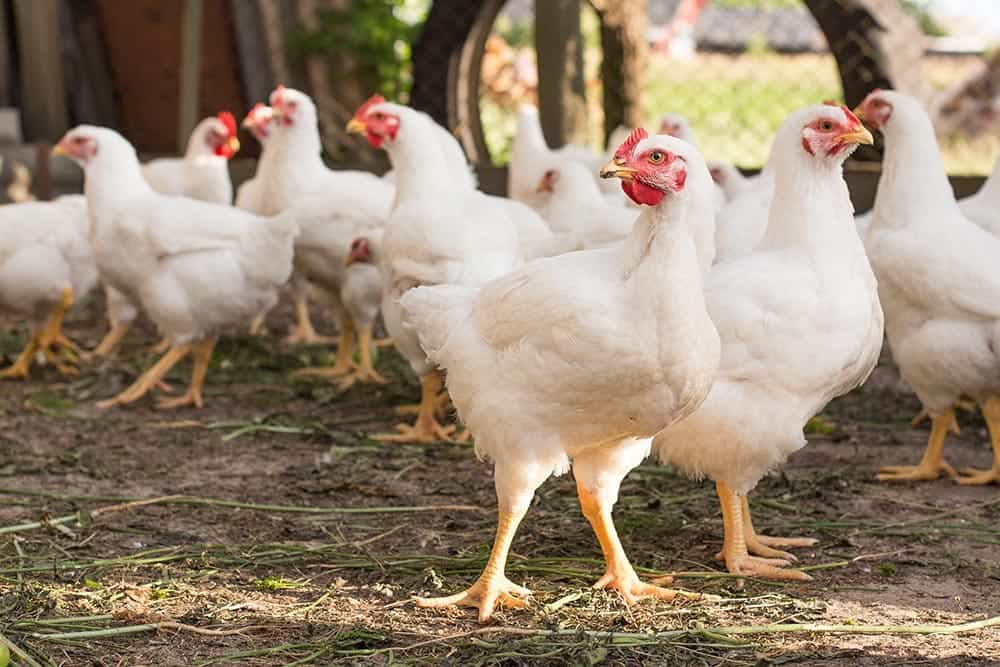
Free-range or Not
Depending on where you reside, the legal definition of free-range chickens differs. In the U.S., the Department of Agriculture has several requirements for farmers to meet when keeping animals. These requirements cover everything from proper access to food and suitable access to the outside.
There are no specifics for how much space chickens or other animals need before they are classed as free-range. They just need to be able to go outside. For this reason, the amount of space that you give your chickens in their run is up to you. You can let them wander free around your yard or keep them in a smaller run.
Remember to leave space for dust bathing and quiet, covered areas to give your chickens their own space when they need it. It’s best if you make sure small pens are portable too. You’ll be able to move your flock from place to place to avoid wearing out your ground.
You can get away with a smaller outside space, provided that there are plenty of things for your chickens to do. Piles of leaves and scattered seeds, along with hanging cabbage for your chickens to peck at, will all keep your chickens active and happy.
Coop Size
It’s better to overestimate the size of the coop that you need than underestimate, but you should still try to keep the size within acceptable limits for the breed of chicken that you choose. While a larger coop will reduce the risk of overcrowding, it’ll also be much colder in winter. If your flock is a small one, there won’t be enough chickens to keep the space warm.
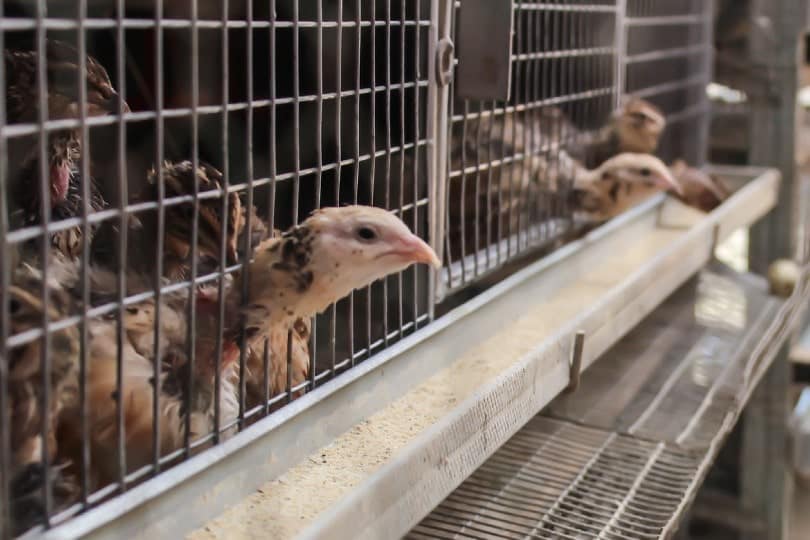
Along with the minimum required space for each chicken, you also have to take into account several essentials:
- Nest boxes should be at least 1 square foot each, and there should be one for each hen. Individual boxes offer more privacy and are often preferred by your chickens.
- Roosting perches should give each chicken plenty of room to sit by themselves.
- There should be ramps to get in and out.
- Space for feeders and waterers is essential.

Why Do Chickens Need Space?
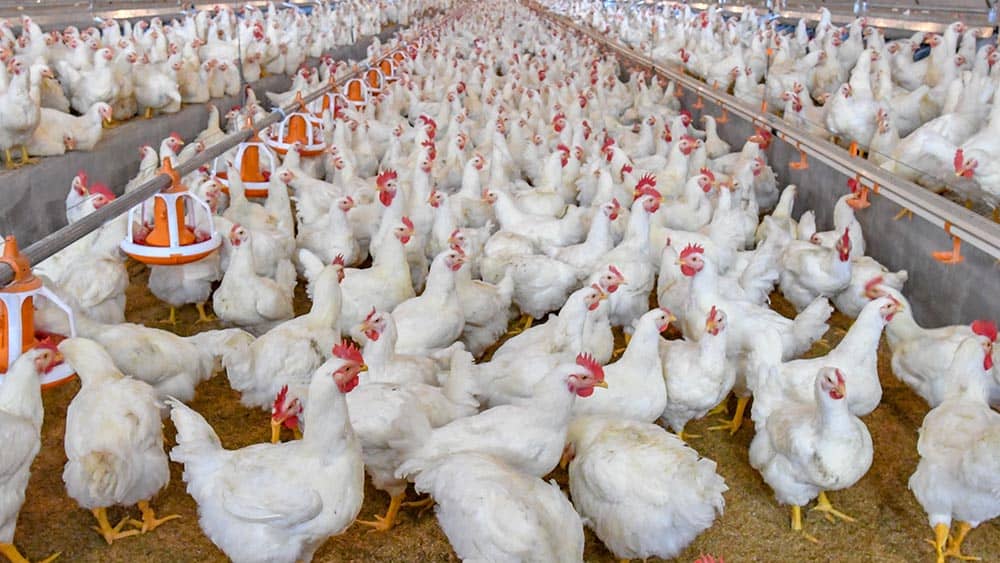
It isn’t just humans who like to take a step back and enjoy some R&R. Chickens, despite being social animals, like to keep to themselves sometimes. Too much social interaction can be draining. Overcrowding can also lead to countless issues for your chickens.
Health Issues
If your chickens are penned in together too tightly for too long, they’ll be more likely to pass diseases and parasites around. Not only will they be more susceptible to getting sick, but it’ll also be harder to quarantine birds that are at risk of spreading infections to the rest of your flock.
Bullying
When some people are stuck in close quarters for too long, they become fractious and tense. They snarl at each other and pick faults with habits that are probably not worth arguing about. Chickens, believe it or not, are the same way.
Stress from never having space for themselves means your chickens will become steadily more short-tempered. They’ll peck at each other and tear out their flock mates’ feathers to release their frustrations.
This will lead to incredibly angsty chickens. The chickens lower down in the pecking order will also end up nursing nasty and often bloody wounds that can become infected if left untended.

Egg-laying
Hens like having a private space to lay their eggs, which is why nesting boxes often only have enough room for one chicken at a time. They like their own space so much, hens will even complain — loudly — if their favorite nesting spot is already in use.
If your chickens are unhappy for any reason, whether it is because they don’t have enough space to forage or they’re crammed into a coop that’s way too small, their egg production will drop. The same goes for the number of nesting boxes. If there aren’t enough boxes for the number of hens in the flock, they’ll stop laying as often.

Final Thoughts
Chickens don’t take up that much space, and in the U.S., there are no legal requirements beyond giving them access to an outside run. For the happiness of your flock, for plenty of eggs, and to listen to everyone’s favorite contented warbling, making sure you give your chickens space to themselves is essential.
The space that your chickens need varies depending on the breed and size of your chickens. Per chicken, you should consider at least 3–10 square feet of coop space and an additional 10–15 square feet for an outside run. Remember to take into account the space that you have available in your yard before choosing the size of your flock and a new coop.
Featured Image Credit: Cparks, Pixabay
